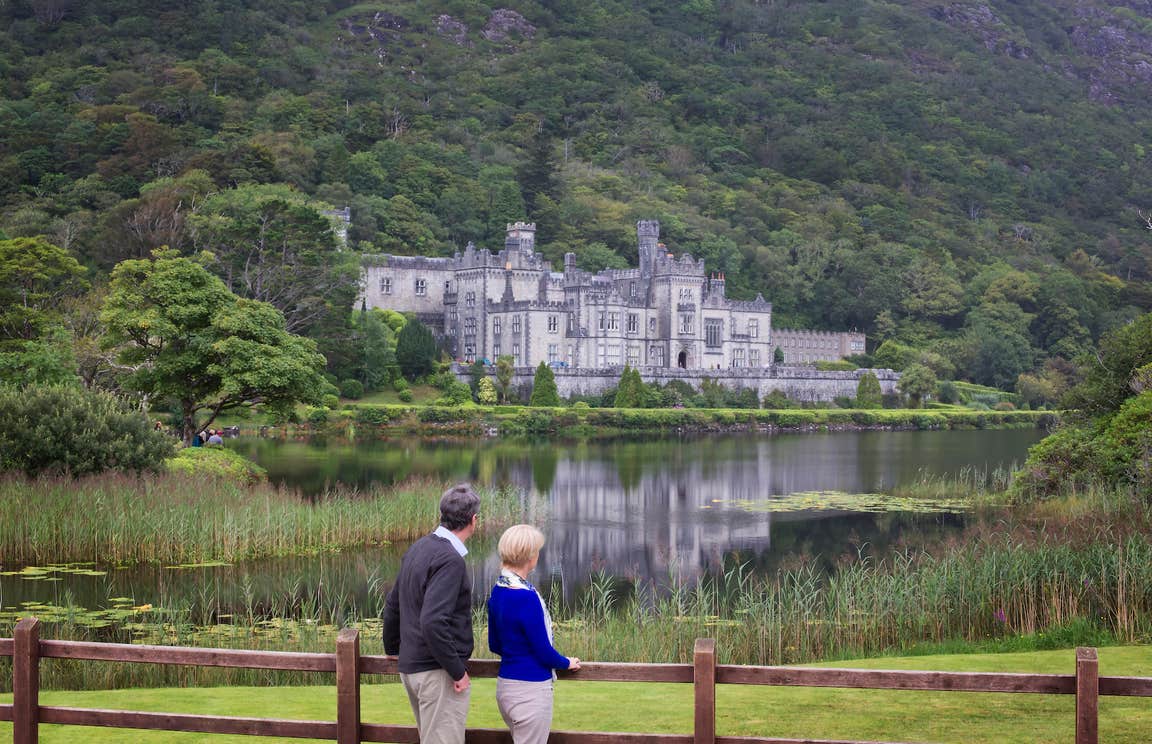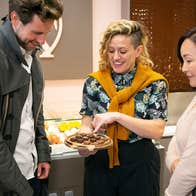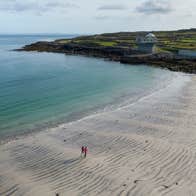Photo credit: @itsthelifeofrobyn
Picking a coach tour
Plenty of coach operators serve Connemara, but from Galway City one of the best-known is Lally Tours, a family-run business running multiple tours of the West of Ireland since 1988. Six of them focus on Connemara, but one of their most popular excursions is a day out in Connemara with a visit to Kylemore Abbey (10am-5.30pm). The tour leaves from just outside the Hyde Hotel on Forster St, about 300m northwest of Eyre Square. Alternatively, you can also get picked up from your hotel, so long as you’ve specified it when making the booking.
The road to Leenaun (Leenane)
The bus leaves promptly at 10am, and within a few minutes you’ve left the city behind. From the start, your guide will be on the mic – introducing themselves, laying out the bones of the tour and then doing a roll call to see where everyone is from. You will be spending the whole day together, after all.
It’s only 32km to the gateway to Connemara, Oughterard, proudly introduced as the wild trout capital of Europe. On your way there you’ll skirt by Ballycuirke Lough before catching sight of the western shores of Lough Corrib – both of which are also good for fishing.
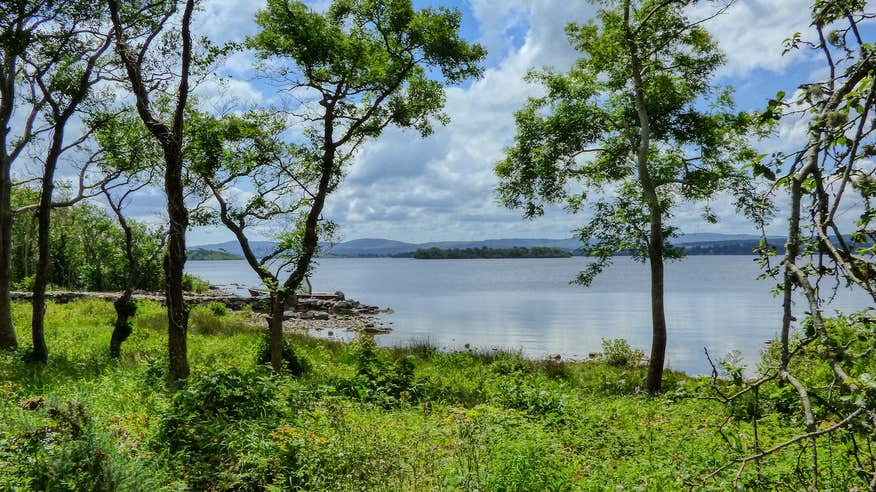
Beyond Oughterard, the landscape gets distinctly more wild, the broad expanse of dark brown bog punctuated by corrie lakes (lakes carved into the sides of mountains by glaciers) and thickets of trees bent by the unrelenting wind – mostly ash, beech and Sika spruce but also some sturdier oaks. On our trip, the guide spoke longingly of Ireland’s primeval oak forests and how once upon a time a squirrel could travel the length of the country without letting his feet touch the ground.
The bus will stop every half hour or so, if only so everyone can get out to take a few photos. The first stop is by Lough Bofin, about 10km west of Oughterard.
At Maam Cross, the bus turns right into the first major highlight of the tour, the Maam Valley. This 7km stretch is one of Ireland’s most scenic spots, the quartzite slopes of the Maumturks sliding into glacial lakes on either side of the narrow road.
All along, the guide will keep up an admirable running commentary on all manner of subjects, from the Famine to the geological makeup of the bog. There are jokes and anecdotes, bold statements about Ireland past and present, and before you know it, you’ll have arrived in Leenane.
The small village of Leenane (or Leenaun) sits on the southern shore of Killary Fjord, a 16km inlet that looks like a fjord (but may not actually be one, if the scientists who claim it was never glaciated are right). The bus stops here for around half an hour – enough time for you to stretch your legs, pick up some woollens at the Connemara Sheep and Wool Centre or grab a quick bite and a hot drink at the Purple Door Café. For something a little stronger, Gaynor’s is a classic old-school pub with flagstone floors and a peat fire; it played a starring role in 1990s film The Field.
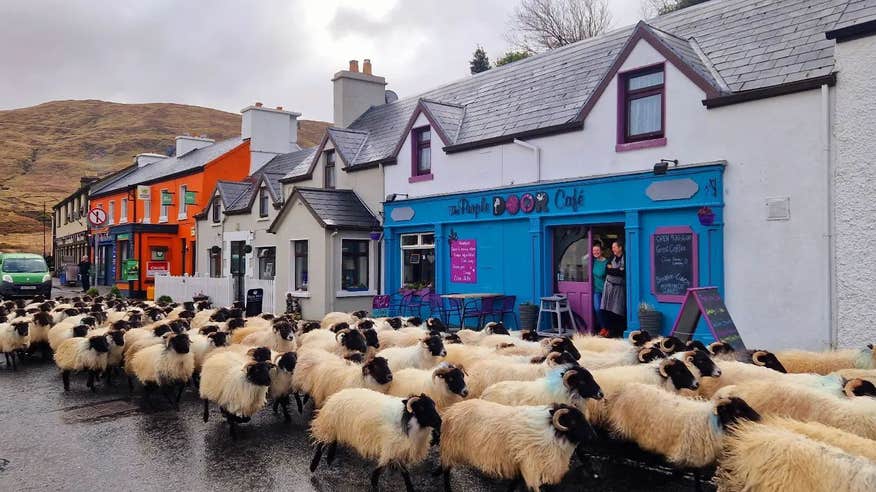
Photo credit: @purpledoorcafe
A palace built for love
The first sight of Kylemore Abbey is a memorable one. About 20 minutes after leaving Leenane, the bus slows down to make the most of the big reveal, a neo-Gothic fantasy on the far side Pollacapall Lough. There’s two hours allocated for a visit to the house and the Victorian Walled Garden, and you’ll need all that time if you want to do the place justice.
The house was built in 1868 by Mitchell Henry for his wife Margaret, who’d fallen in love with the area during a visit here in the 1850s. Ever the romantic, Mitchell spared no expense in building her the palace of her dreams: inside, the library, drawing room and dining room have been carefully maintained to look at they did when the Henrys were entertaining Irish high society in the last decades of the 19th century.
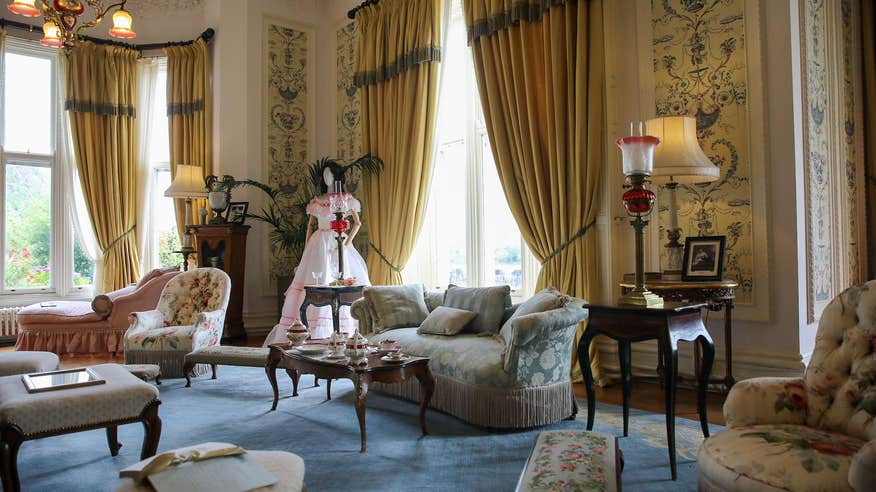
Alas, the love story had a tragic ending as Margaret contracted a fever on a trip to Egypt and died in 1874. Mitchell stayed on in the house for another 20 years, but eventually left and it passed into the hands of the Benedictine nuns who run it today.
It's a 20-minute walk to the elegantly landscaped Victorian Walled Garden, but there’s a handy shuttle bus to ferry you up there between April and September.
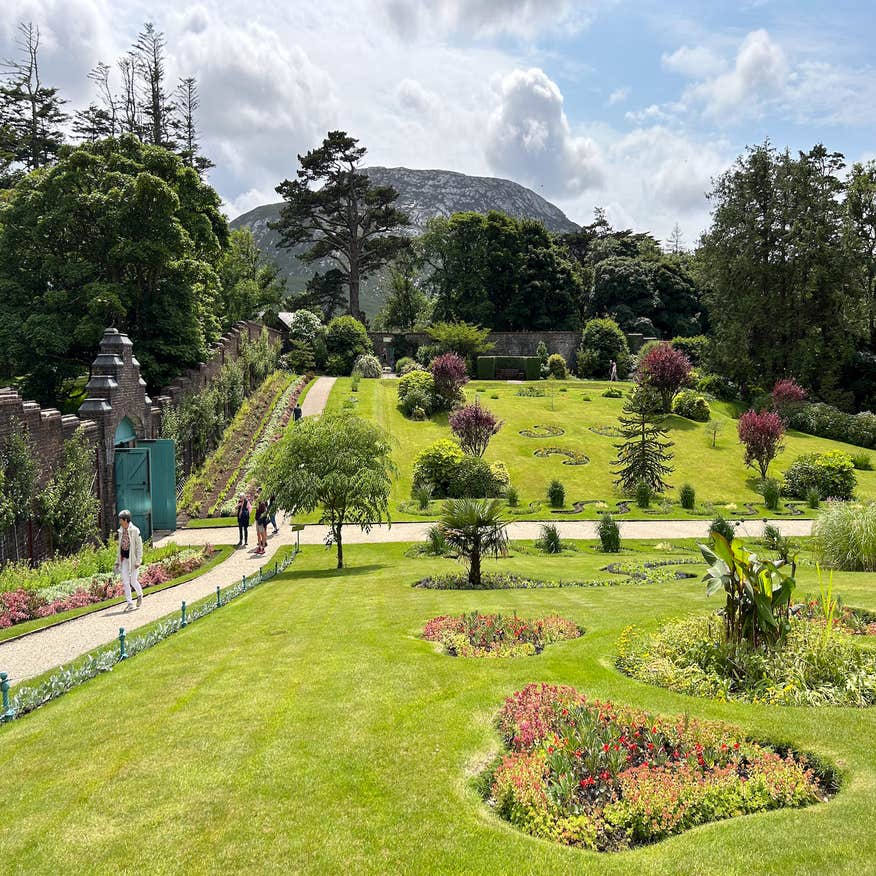
Photo credit: @itsthelifeofrobyn
Before you go, you’ll have to go into Mitchell’s Café – for lunch (the stew is excellent) or at least a slice of their famous apple pie, made from a recipe handed down through the generations by the nuns.
From Lough Inagh to Galway
The return journey takes you through one of the most beautiful spots in all of Ireland, the Lough Inagh Valley. The bus comes off the N59 and down the R344, which takes you past Lough Derryclare and Lough Inagh, while the brooding Twelve Bens mountain range looms in the background. A quick stop for more photos and you’re back on the road, heading to An Spidéal (Spiddal), in the heart of the Connemara Gaeltacht. The bus pulls up in front of the famous Standún knitwear and handicrafts shop, founded in 1946 and operated by a third generation of the same family. It’s a good place to pick up woollens or a range of Irish-made crafts – all of a very good quality.
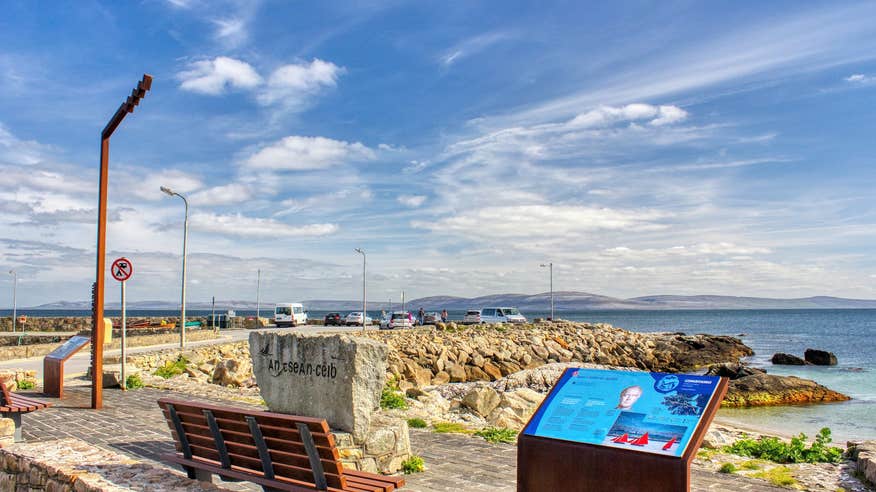
The journey back to Galway City takes another half hour, the bus pulling up outside the Hyde Hotel at around 5.30pm – just in time to freshen up and get ready for a night out in the city.
Where to eat in Galway
Galway’s food scene has gone from strength to strength in recent years, and there’s no shortage of places where you can eat well – not least in the West End. For gorgeous and hearty pub grub, John Keogh’s is one of the city’s best gastropubs, with dishes like Asian-infused tempura prawns complementing more classic dishes like their six-hour slow roasted shoulder of lamb. On the other side of the river by Spanish Arch is the much lauded Ard Bia at Nimmo’s, where local produce is transformed into wide range of inspired dishes: how about hand-rolled tagliatelle with green olives and heirloom tomatoes or a harissa cauliflower steak with spelt tabbouleh, charred baby gem and blackened corn salsa?
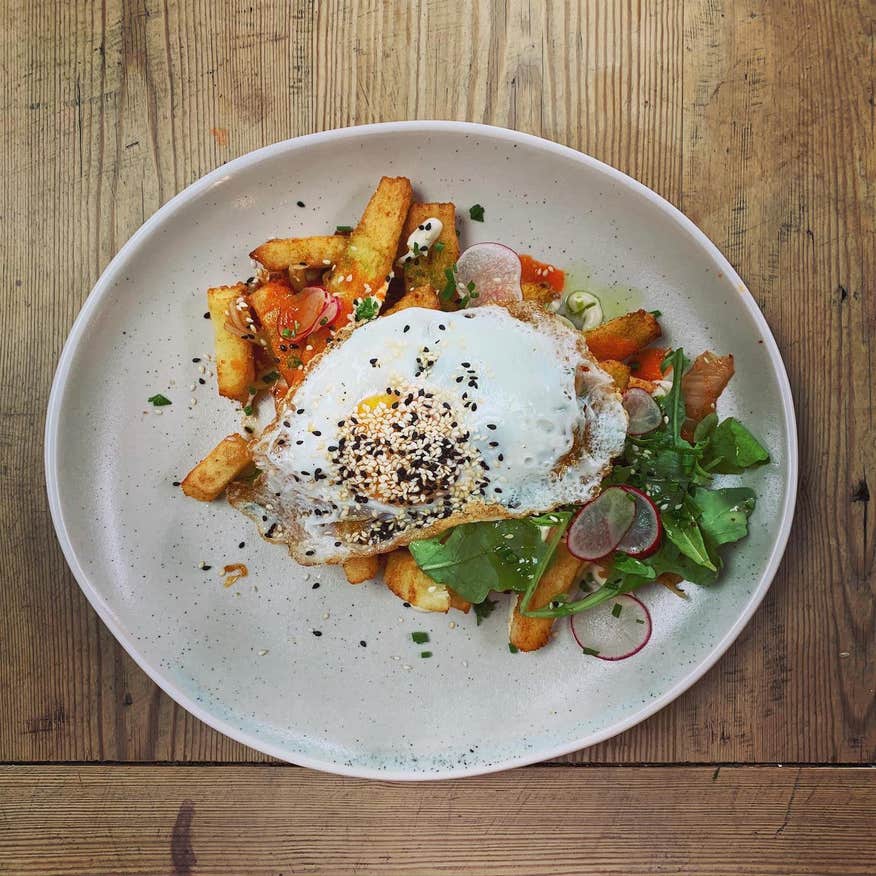
Photo credit: @ardbianimmos
Take your car-free adventure to the next level and enjoy a sustainable short break.
